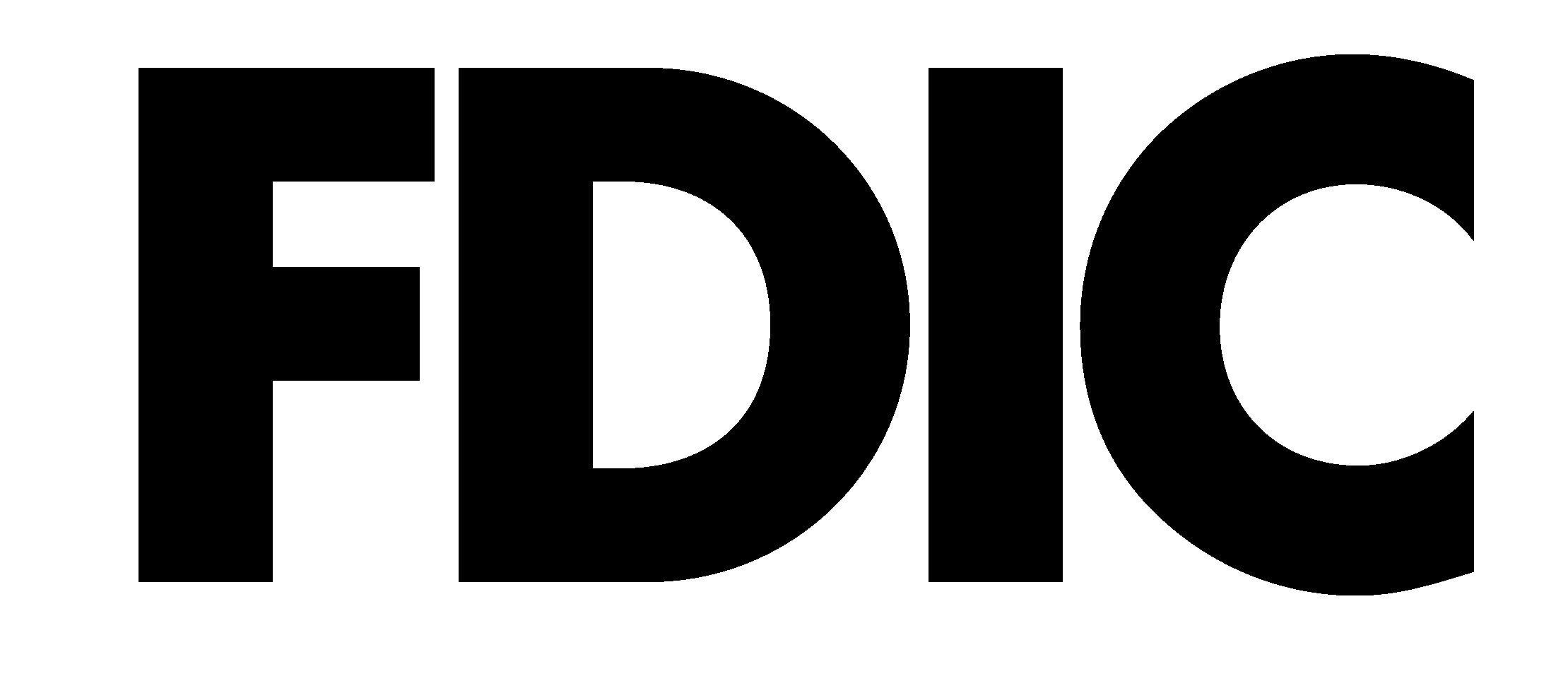If you’re using keywords and social media, but your small business’s website traffic isn’t increasing, consider alternative solutions.
There are a few key requirements for business owners seeking to attract website visitors. However, these tools don’t always work as planned. If your web traffic has grown stagnant, even though you’re following the search engine optimization rule book word-for-word, you may have to enhance your strategy. Read the guidelines below to learn more about integrating new tools into your web traffic development plans.
1. Optimize Your Internal Links
Improving your internal links will help search engines identify the most important pages on your website. In addition, they will help visitors navigate your site more easily. Complex websites risk losing consumers during the lengthy navigation process. Make a list of the most valuable pages for your small business, and then link to them internally. Include a keyword related to the target page in the links. When you do this, search engines will associate those keyword links with your business’s most important pages and rank them higher.
2. Stay in Contact
Ensure you don’t lose your customers by remaining in contact with them. One way to do this is to request customers’ email addresses during checkout. After individuals have provided contact information, remind them why your business is unique with regular messages about upcoming deals and products. However, if you take this route, ensure you don’t over-message customers – something which may annoy them. In addition, recipients must be allowed to request an email stoppage.
3. Utilize Long-Tail Keywords
If regular keywords aren’t working for your small business’s website traffic, try out long-tail keywords. These are different because they consist of several words and thus are more specific and less competitive than typical keywords. Small Business Trends suggested identifying a long-tail keyword and then capturing it in the Google Keyword Planner.
The vast majority of search queries make use of long-tail phrases, which makes them extremely valuable.
4. Make it Mobile
Consumers are shopping on various devices, so your small business’s website should be adaptable to several screens. Ensure you implement the best designs for computers, tablets, and smartphones. Adapt your website or business’s app to the various screen sizes and device purposes. If your website isn’t optimized for each screen size, consumers may be discouraged by the constant adjustments they must make to navigate.
5. Perfect Your Meta Titles and Descriptions
Meta titles and meta descriptions are important for your website’s rankings. Using unique titles and concise product descriptions will help your website increase its search engine rankings. The description is the sampling of text that appears beneath the links provided in any search query. Insert keywords into the content, but make sure the words flow accurately. When writing, remember how advertisements are written because this is basically your meta title and description.
6. Let the Consumers Share
People like to share compelling content, so give them the tools to do so. Provide engaging content that people will want to share with their friends and family. Consumers will become another branch of your marketing team and encourage others to learn more about your services.
For more information on how to pay for website redesigns or content creation, speak with web developers and a financial services expert to devise a strategy.
Boost Your Small Business With First United Bank & Trust
Focus your attention on your business’s online interests with the help of First United Bank & Trust’s business banking services. Contact us or find your nearest branch online today!


